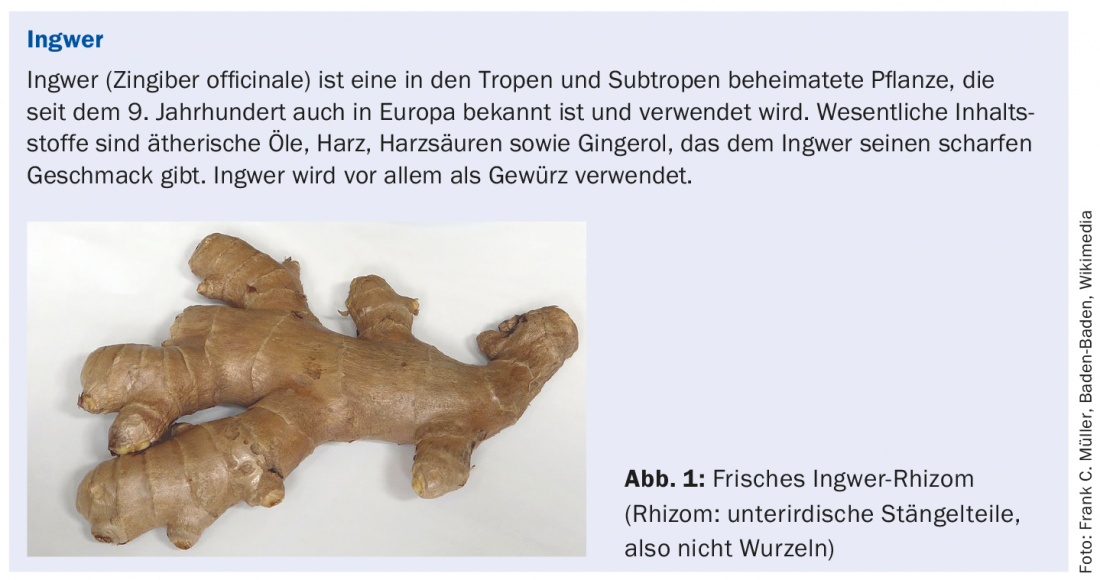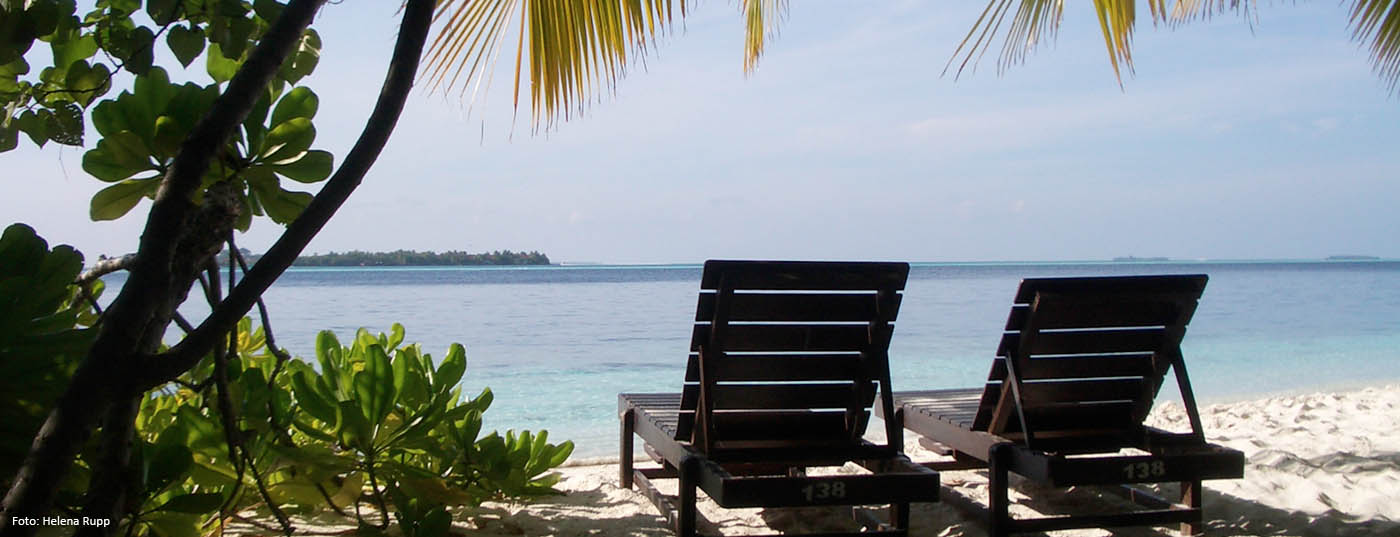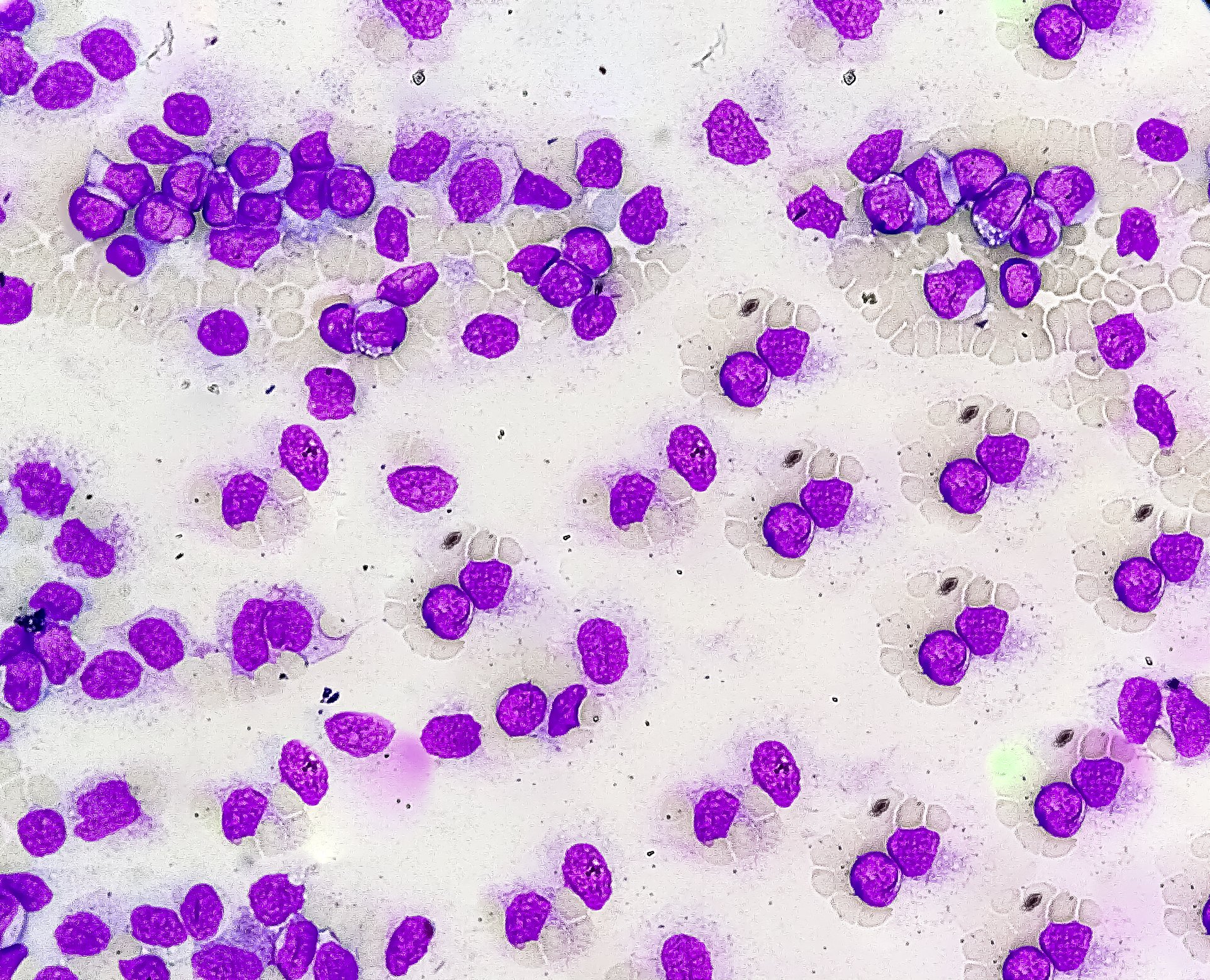Even the Neolithic Ötzi carried birch spores in his pocket during his stay in the Alps, which probably served as medicine. Modern man also takes precautions against minor ailments when he is on the road. In contrast to earlier times, at present one mostly finds synthetic preparations in travel pharmacies. But even today it is possible to compile a purely herbal and yet quite effective first-aid kit.
In doctors’ offices, but also in pharmacies, people very often talk about medical care when traveling. The question of how to put together the “right” or “ideal” first-aid kit comes up again and again. Of course, this question cannot be answered unequivocally, because the composition depends on the person traveling, his or her general state of health, the destination and the medical infrastructure available there. Further, it must be decided whether one wants to take a minimum of medications with them on vacation, or whether one wants to be taken care of for as many potential ailments as possible. Does the oft-followed rule “as natural as possible, as synthetic as necessary” also apply here? What about when doctors travel themselves? One hardly takes the doctor’s suitcase filled with various medications!
Everything only vegetable?
Is it possible to compile a first-aid kit with exclusively herbal preparations that nevertheless covers the usual harmless travel complaints? This will be shown in the following. However, it must be expressly pointed out that this must not be done in the naive attitude that one can treat all complaints with herbal medicines. Thus, it should not be propagated to treat advanced cystitis with a nasturtium tincture, nor should it be suggested to try to alleviate biliary colic with a peppermint preparation.
Travel complaints
On a trip, the first complaint may be kinetosis with the familiar troublesome symptoms, for which diphenhydramine or meclozine are often used.
Ginger: In addition to studies with a negative result, there are also studies that provide evidence for the efficacy of ginger (box) in kinetosis-related nausea and vomiting [1,2]. Groentved’s study [1] was conducted with Danish sea cadets on the high seas, i.e., under realistic circumstances.

Disinfection
A disinfectant belongs in every first-aid kit, and you can usually find a chlorhexidine or iodine PVP preparation. But nature also offers strategies for disinfection.
Calendula: Tinctures or ointments containing calendula (Calendula officinalis), which has long been used in folk medicine, have been shown to promote wound healing in pharmacological animal studies [3].
Chamomile: Chamomile (Matricaria recutica), which has been known as a medicinal plant since ancient times, can also be used to heal wounds. A placebo-controlled study in 1987 demonstrated the clear superiority of a chamomile extract over placebo in terms of drying and epithelialization [4].
In Switzerland, there are several suppliers of disinfecting preparations that are mixtures of various tinctures or mother tinctures – preparations that are often used, but for whose effectiveness one cannot cite any studies.
Blunt injuries
HAUSARZT PRAXIS 8/2014 reported in detail on the treatment options for blunt injuries with Arnica/Spilanthes or Comfrey. The preparations mentioned there can be used to treat the consequences of minor blunt injuries.
Diarrhea
It doesn’t always have to be loperamide, even though most travelers want this immediate and potent agent in their luggage. What may be perfectly reasonable during a flight or a long train or bus trip does not have to be used for every traveler’s diarrhea. Very often, a gentler herbal antidiarrheal will do as well. There are several medicinal charcoal-based preparations that can stop or shorten mild to moderate diarrhea [5]. In Switzerland, in addition to corresponding preparations with medicinal charcoal, combination preparations with medicinal charcoal and yeast are also on the market.
Gastrointestinal complaints
During a trip or vacation, gastrointestinal upset can quickly set in due to the often foreign food or improper preparation. In most medical travel pharmacies, preparations based on metoclopramide or domperidone can be found for such cases. But here, too, there are a number of herbal alternatives: The preparation STW5, which consists of seven different plant extracts, was already presented in HAUSARZT PRAXIS 4/2015. Therefore, it should be mentioned here only once again that it can be used against dyspepsia of various genesis, against irritable stomach and irritable bowel.
In Switzerland, a herbal preparation based on Tibetan recipes is also produced, which can be used successfully for various digestive complaints and whose efficacy was proven in a study [6].
Allergies
It becomes relatively difficult with purely herbal preparations when it is necessary to combat an allergy caused by sun exposure or an insect bite. Taking and applying a tincture of nettle can provide relief, but cannot be compared to modern antihistamines!
Analgesics
The same applies to analgesics. Peppermint oil can serve well for headaches. There are even studies that prove this. However, it is much easier to take paracetamol, acetylsalicylic acid or ibuprofen, and it takes a lot of convincing not to take a corresponding preparation with you on your travels and just “only” peppermint oil.
Literature:
- Groentved A, et al.: Ginger root against seasickness. A controlled trial on open sea. Acta Otolaryngol 1988; 105(1-2): 43-49.
- Schmid R, et al: Comparison of seven commonly used agents for prophylaxis of seasickness. J Travel Med 1994; 1: 203-206.
- Parente LM, et al: Wound Healing and Anti-Inflammatory Effect in Animal Models of Calendula officinalis L. Growing in Brazil. Evid Based Complement Alternat Med 2012. doi: 10.1155/2012/375671.
- Glowania HJ, et al: The effect of chamomile on wound healing. A controlled, double-blind study. Journal of Skin Diseases 1987; 62(12): 1267.
- Hennemann A: Diarrheal diseases – Medicinal charcoal shortens the duration. Med Monatsschr Pharm 2005; 28(10): 366-367.
- Meier R, et al: The Tibetan herbal formula Padma Digestin in functional dyspepsia: an open-label study. Forsch Komplementmed. 2013; 20(Suppl 2); 2-7.
HAUSARZT PRAXIS 2015; 10(5): 2-4











